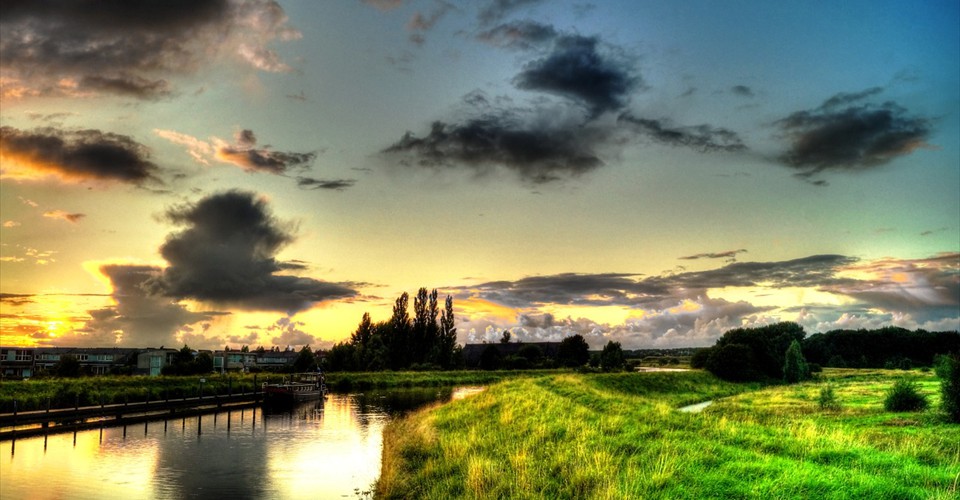Music making in India has always been shaped by the balance between creativity, tradition, and technology. In the classical era, whether in the court of a Mughal emperor or the temples of the South, artists faced challenges rooted in rigorous training and systems of patronage. The guru–shishya parampara demanded years of discipline, and performance was inseparable from cultural and spiritual contexts. Memory, oral transmission, and live practice were the only ways to preserve music. The challenge was not just artistic but also structural: access to training was limited, and opportunities for performance depended heavily on social and political support.
The twentieth century introduced microphones, recording, and broadcasting, which transformed how Indian classical and film music reached audiences. Yet these innovations brought their own pressures. The expectation of technical perfection in studio recordings, competition in the rapidly growing film and popular music industry, and the need to adapt to radio and later television altered the very way musicians prepared and performed. While recordings preserved great traditions, they also raised questions of ownership, royalties, and credit. In India, copyright law under the Copyright Act of 1957 sought to protect creators, but enforcement and fair royalty distribution often lagged behind the fast-moving industry.
The twenty-first century and the rise of artificial intelligence have again shifted the ground. AI tools can now generate melodies, mimic instruments, and even approximate raga patterns. This raises new challenges of authenticity, authorship, and cultural integrity. Indian law still places authorship and ownership in human hands, meaning AI outputs cannot easily be protected unless human creativity is clearly involved. Globally too, courts and copyright offices stress that only human contributions qualify for protection. For musicians, the challenge today is to adapt AI as an assistant without losing identity, to ensure datasets respect cultural heritage, and to protect livelihoods in a world where machines can produce vast volumes of sound. In many ways, the essence of the challenge remains what it was centuries ago: safeguarding the human and cultural soul of music while navigating new tools and new economies.














